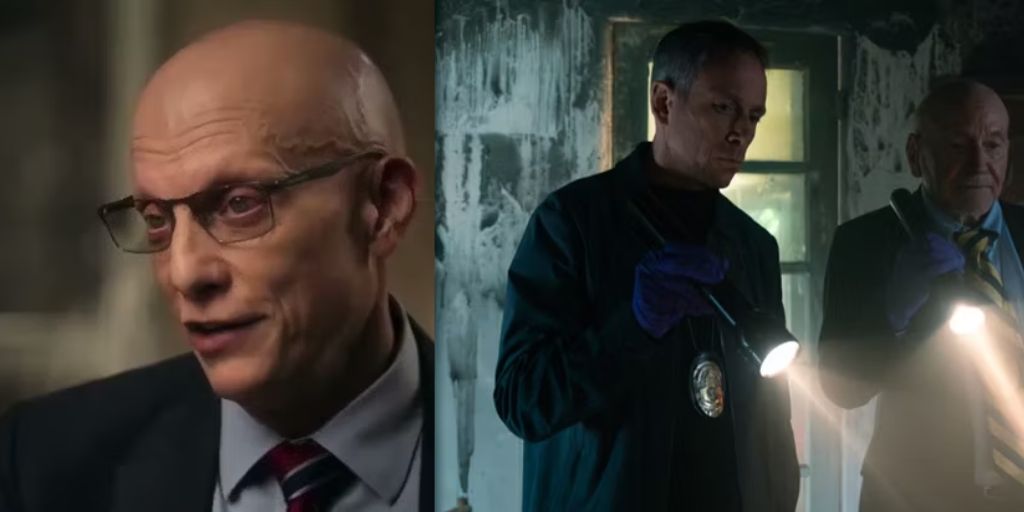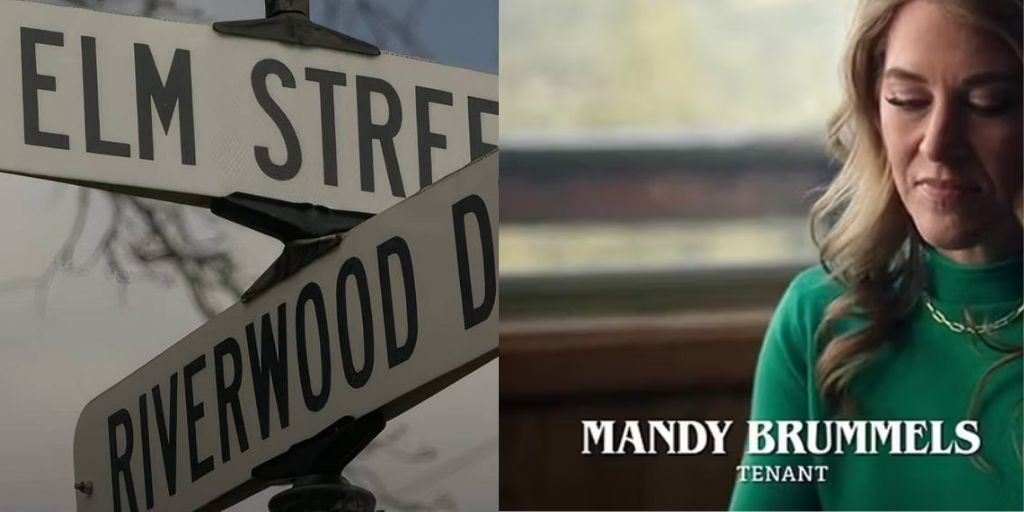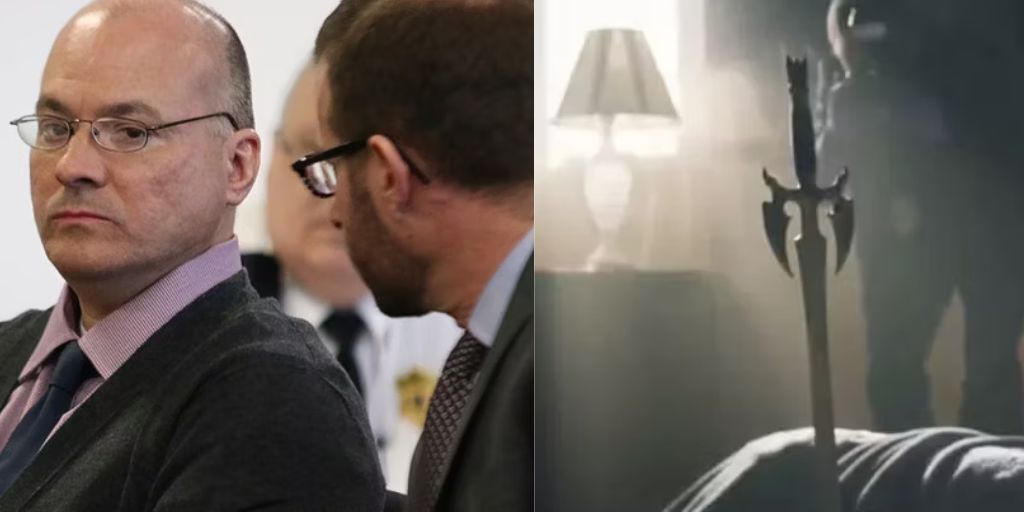For 40 years, the Nightmare on Elm Street franchise has captured audiences’ attention. Its main character, Freddy Krueger, portrayed by Robert Englund, is a notorious villain.
Freddy, a child killer, seeks revenge on those who ended his life by targeting their children while they sleep. This explains the “nightmare” in the title. But why Elm Street?
Director Wes Craven deliberately picked the name because it was the street where John F. Kennedy was assassinated. For Craven, “it was where the innocent world ended.”
However, there’s another reason. Freddy Krueger declares, “Every town has an Elm Street.” He’s not wrong. Research from the Census Bureau shows that “Elm Street” ranks 15th among common U.S. street names, with 5,233 listings. This suggests that horrifying events could happen anywhere.
Investigation Discovery harnesses this idea in its new true-crime documentary series, The Real Murders on Elm Street.
The show is quickly gaining a following, as it examines six real-life murders on various Elm Streets throughout the country. The series blends dramatic reenactments with interviews from those linked to the cases.
The first episode, titled “Killer in the Walls,” follows the disturbing story of Daniel LaPlante, a social outcast who grew up on Elm Street in Townsend, Massachusetts. As a teenager, LaPlante was frequently arrested for breaking into homes.
However, things took a more sinister turn on December 8, 1986. LaPlante broke into the Bowen family’s house.
Before this, Tina and Karen Bowen had reported to their father, Frank, that strange things were happening in their home—items being moved, TV channels changing. Frank assumed it was just pranks or possibly paranormal activity.
That day, Frank noticed someone had used the bathroom and searched the house.
He found LaPlante, dressed in face paint and a hairy jacket, armed with a hatchet and wrench. LaPlante calmly held Frank, his daughters, and their friend hostage in a bedroom. Luckily, Tina escaped to get help, but LaPlante had already fled.

Two days later, Officer Steven Bezanson returned to the house after Frank spotted a suspicious man. Inside, Bezanson found pictures stabbed into the walls with knives, displaying messages like “I’M STILL HERE. COME FIND ME” and “I’M GOING TO KILL YOU ALL.”
Police found LaPlante hiding in the walls, where he had been living for weeks, spying on the family. He was arrested and held until October 1987 when his mother paid his $10,000 bail.
LaPlante’s release proved to be a grave mistake. On December 1, 1987, he broke into Andrew and Priscilla Gustafson’s home. Priscilla returned with her 5-year-old son, William.
LaPlante locked William in a closet, tied up Priscilla, raped her, and shot her twice in the head. He then drowned William in the bathtub and did the same to their daughter, Abigail, when she came home from school.
LaPlante was caught hiding in a trash can on December 3. Convicted of three murders in 1988, he received a 45-year prison sentence.
The second episode, “And We Have Serial Killers,” opens with firefighters responding to a house fire on Elm Street in Spokane on February 28, 2008. Two weeks earlier, 20-year-old Justin Crenshaw arrived in Spokane after completing rehab for heroin addiction. He was visiting his long-lost sister, Nikki Vanvlymen.
Justin started dating Nikki’s friend, Sarah Clark, and decided to stay. That night, Justin, Sarah, and Tanner Pehl, a coworker of Justin’s, were drinking at Pehl’s house.
According to The Spokesman-Review, Deputy Prosecutor Jack Driscoll believes Crenshaw killed Clark because she refused to have sex with Pehl.
Clark was stabbed 26 times, and her body was positioned with a samurai sword near her head. Pehl was stabbed more than a dozen times, then covered with a blanket.
A broadsword was driven into his abdomen four times. Crenshaw started a fire to cover up the crime but left a bloody fingerprint at the back door. At trial, Crenshaw claimed that drinking caused him to black out. His defense failed, and he received two life sentences.
In California, Gerald Cruz, leader of a group known as “the Camp,” was found guilty of murder. The Camp was a cult-like group mixing voodoo and white supremacist beliefs.
On May 21, 1990, police found four bodies in a house on Elm Street. A survivor, Donna Alvarez, described Jason LaMarsh, a member of the Camp, as one of the attackers. Officers searched Cruz’s house, discovering bomb materials, satanic writings, and a “wheel of punishment.”

LaMarsh told investigators that one of the victims had been expelled from the Camp for using drugs. On May 20, 1990, Cruz ordered LaMarsh and two others to kill the victim and leave no witnesses.
They stormed the house and brutally murdered everyone inside. LaMarsh personally killed one victim by repeatedly striking his head. Cruz, LaMarsh, and two others were convicted and sent to death row.
The Real Murders on Elm Street sticks to a classic true-crime format, presenting a premise. Future episodes include titles like “Halloween Horror,” “What Lies Beneath,” and “Cruel Intentions.” The series is available on ID and Max, with new episodes released on Mondays.





